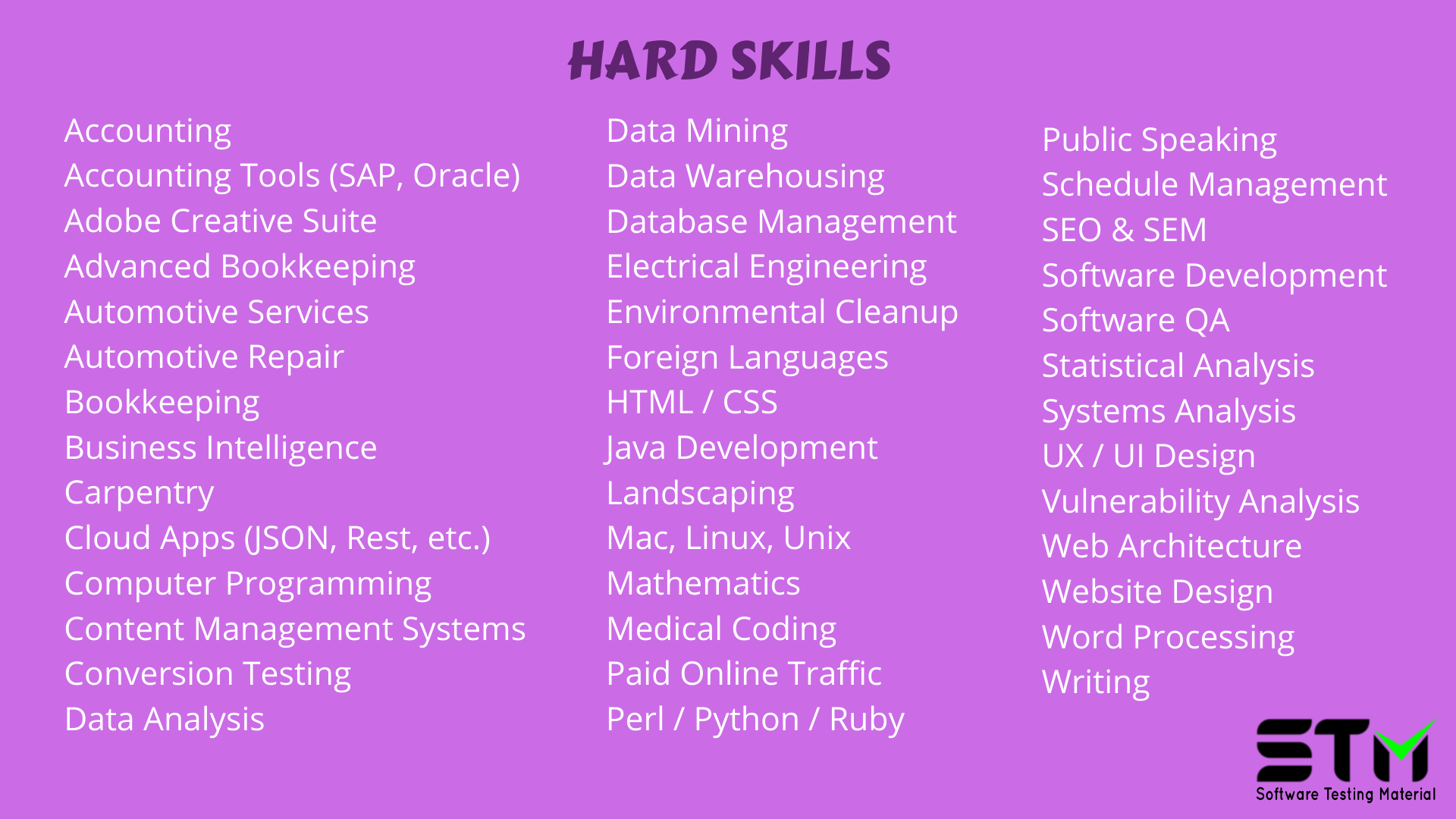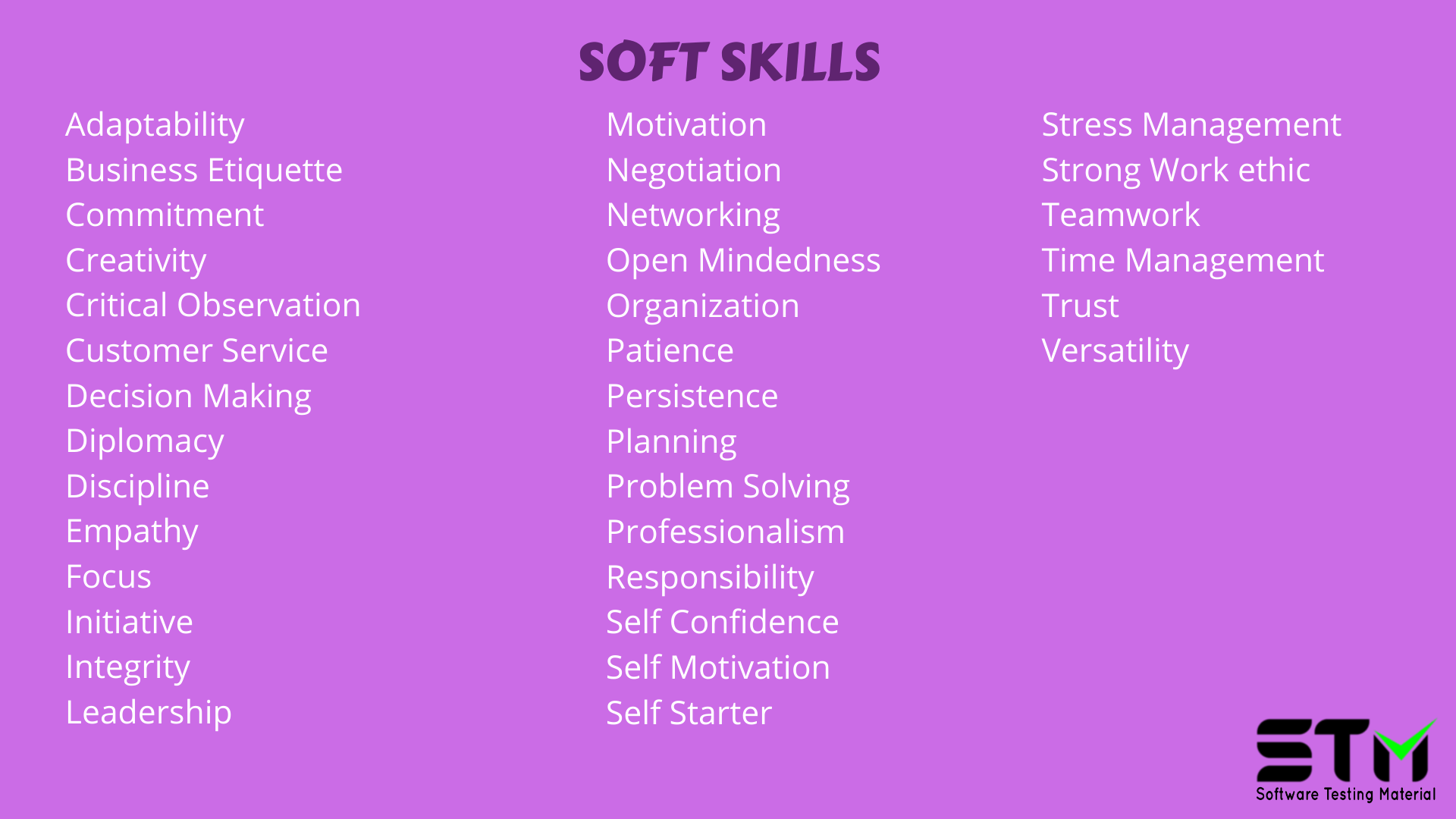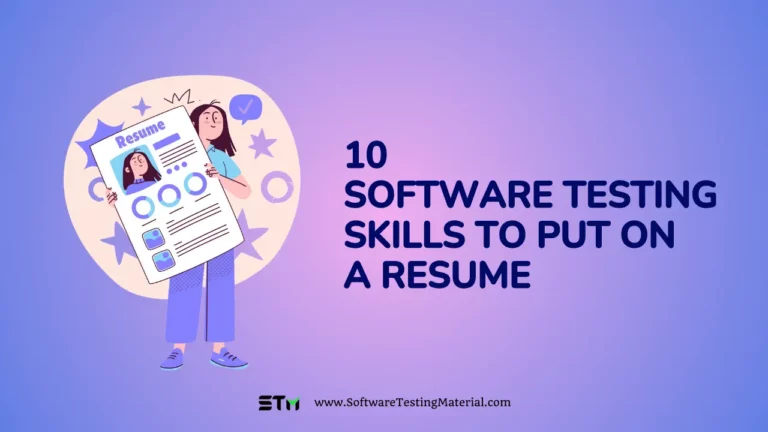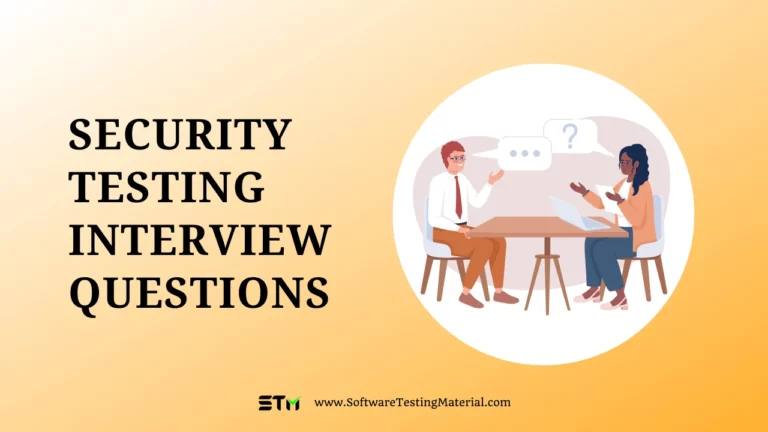How to Write a Resume | Freshers & Experienced

Are you ready to learn how to write a resume that lands you your dream job?
In this post, we are going to explain the ins and outs of writing a resume.
Remember one thing; your resume cannot get you a job. It can only get you an interview.
Studies said that 8 out of 10 resumes are discarded with only a 10-second glance by Hiring managers. Hiring managers will typically spend less than a minute on a resume review before deciding whether to put it in the “yes” or “no” stack.
Hiring managers are attracted to well-formatted resumes with attention-grabbing details.
You have to emphasize exactly how you can be helpful to the company.
Watch this video on “How To Write A Resume”
What is a Resume?
A resume is a short document used and created by a person to present their experience, qualifications, skills, and accomplishments for a prospective employer.
It includes the job seeker’s contact details, work experience, education details, skills, and accomplishments, etc.,
Keep in mind that a well-organized, tailored resume will increase your chances of landing an interview.
One page resume or two-page resume:
This is one of the most argued points of resume writing. When it comes to writing your resume, the length of your resume doesn’t matter quite as much as the content filling the pages.
It’s great if you can capture your qualifications on one page. Sometimes it takes two pages or more. Don’t worry. That’s okay too. A two-page resume might be necessary if all your work experience is relevant to the job you are applying and you have more than 5 years of experience.
First, write your resume and try to remove as much irrelevant content as possible to decrease the page count. There is no need to remove the content that is highly relevant to the job you are applying for. In this case, you can go ahead and add an extra page.
What is the difference between a Resume and a CV?

The resume and CV are not the same. These words are sometimes used interchangeably.
Resume: A resume is a short document used and created by a person to present their experience, qualifications, skills, and accomplishments for a prospective employer.
CV: CV stands for curriculum vitae. A CV contains a thorough listing of job seeker’s professional, academic, and other experiences.
Resume: Resumes are just one or two pages long.
CV: CV’s can extend well beyond three or four pages.
Let’s see what you should emphasize in your resume.
Choose a Resume Template
Let’s see how to format a resume.
To make the resume writing process easier. First, choose the right format. There are three types of resume formats – chronological, functional, and combination/hybrid. Here is a brief overview of each format.
Reverse Chronological Resume Format – This format is the most popular resume format. It is best for those whose work history is relevant to the position they are interested in and for a job applicant with a consistent employment record.
Functional Resume Format – It is based on job seeker’s skills. This format works well for those who a recent graduates/students, those who are looking to make a career change, those who want to highlight their skills.
Combination Resume Format/Hybrid Resume Format – This format is best for those with a very diverse skill set. If you want to showcase a mix of relevant skills required for the job you are applying for in your resume.
For example, if you are applying for an Automation Tester job and the requirements experience in Manual Testing, Basic Java & SQL.
As I said earlier, the reverse chronological resume format is the most popular one. In this video, we will focus on the reverse chronological resume format.
What to include in your Resume:
The most popular sections for a resume are:
- Contact Information
- Professional Resume Summary or Objective
- Work Experience (and Achievements)
- Education
- Skills
- Awards and honors
- Volunteer work and affiliations
Let’s see what to write and how to write in each resume section.
Contact Information:
Note: Be cautious about whom you share your resume with because personal information is sensitive.
Contact information to be included in a resume is as follows.
Name: Your First and last name. Even though you prefer to be called by a nickname, don’t mention it in your resume.
Title: Your professional title goes here. Something like Software Developer, Senior Data Scientist, or any other.
Phone number: Your personal phone number. Don’t include your work phone number.
Mailing Address / Location (City, State, Zip Code): Some tracking systems filter applicants based on location. If you are relocating, don’t forget to mention both current and future locations.
Email Address: Create a free Gmail account for your job search. Make sure it’s appropriate. Like the address based around your name.
LinkedIn Profile URL: Update your LinkedIn profile and add your LinkedIn Profile URL in the Resume. It adds value to your application.
Website/Blog/GitHub: If you have a professional website then include a link in the resume.
- Mention your GitHub link, if you are a developer.
- Mention your Dribble link, if you are a designer.
- Mention your Blog link, if you a content writer.
Professional Summary/Resume Summary:
If you are a recent college graduate or entry-level applicant or you don’t have in-depth experience in the industry then you can write Resume objective of 2-3 sentences.
If you have a good experience or many accomplishments to emphasize or have multiple skills then you can write a Professional summary with 4-5 bullet points.
Sample Summaries:
Sample 1:
Computer Science Engineering graduate from JNTU University. 2+ years of practical experience working on Java projects. Proficient in both frontend and backend development. Looking to grow as a programmer at ABC company.
Sample 2:
Sr. Software Developer with over 5 years of experience in Java. Managed a team of software developers to create mobile apps. Looking for a new opportunity as a Project Lead for a Software Company.
WORK HISTORY
In Work history, you have to list your work experience in reverse chronological order – Your current job or most recent job should be on the top. Each job should contain the following information
- Job Title – Mention job title on top of each work experience entry.
- Company name – Mention the company name you have worked in.
- Job location – Location of the company
- Start and end dates – The timeframe of your employment in each company in the format MM/YYYY
- Responsibilities & Achievements – list your responsibilities or achievements related to the job underneath the entire start and end dates.
For example:
Sr. Software Engineer
TCS Ltd – Hyderabad, India
May 2016 to January 2018
Associate Software Engineer
TCS Ltd – Hyderabad, India
September 2015 to May 2016
If the positions you held at a company has common responsibilities then you can mention the order as
- Company Name & Location
- Job Title & Start and end dates – Dates should be in reverse chronological order. Most recent position at the top.
- Responsibilities & Achievements
For example:
TCS Ltd – Hyderabad, India
Sr. Software Engineer – May 2016 to January 2018
Associate Software Engineer – September 2015 to May 2016
EDUCATION SECTION
Let’s see how to list education on your resume.
In this section, you have to list your education in reverse chronological order the same as your work experience (list your highest degree first). This section contains the following information
- Institution Name (mention high school only if that’s the highest level of education you have achieved) E.g.: “JNTU University”
- Degree
- School Location (city, state)
- Years Attended / Date of Graduation (month, year)
- (Optional) GPA – Include your GPA only if it is above 3.5. E.g.: 3.6 GPA.
- (Optional) Academic achievements. Any interesting papers you’ve written
SKILLS SECTION
This section helps you to list the skills which are relevant to the job posting. When including your skills, choose both hard and soft skills that are specific to the job you are applying for.
Hard Skills:
Hard skills are the technical skills that are specific to the job or industry such as Software QA, Bookkeeping, etc., These are the skills you have learnt in your school, college, training programs, job. These skills are specific to the job or industry.
Some of the hard skills you can list in your resume are as follows

- Accounting Tools (SAP, Oracle, etc.)
- Web Architecture
- Data Presentation
- Technical Reporting
- Software QA and User Testing
- Foreign Languages
- Software Development
- Statistical Analysis and Data Mining
- Automotive Services
- Public Speaking
- Cloud Apps (JSON, Rest, etc.)
- Database Management and Software
- Adobe Creative Suite
- Data Engineering and Data Warehousing
- Content Management Systems (CMS)
- Vulnerability Analysis
- Perl / Python / Ruby
- Mac, Linux, and Unix Systems
- Java Development
- Business Intelligence
- Bookkeeping
- UX / UI Design
- SEO & SEM
- HTML / CSS
- Word Processing
- Computer Programming
- Heavy Machinery Operation
- Spanish Fluency
- Advanced Bookkeeping
- Schedule Management
- Systems Analysis
- Automotive Repair
- Environmental Cleanup
- Mathematics
- Accounting
- Medical Coding
- Writing
- Data Analysis
- Carpentry
- Landscaping
- Search Engine Optimization
- Paid Online Traffic
- Website Design
- Conversion Testing
- Electrical Engineering
Soft Skills:
Soft skills are the abilities which are social skills or people skills. Some of the soft skills are Communication, Decision Making, Leadership, Problem-solving, etc.,
Some of the soft skills you can list in your resume are as follows

- Organization
- Self-motivation
- Open-mindedness
- Logical reasoning
- Persistence
- Decision making
- Initiative
- Integrity
- Responsibility
- Discipline
- Commitment
- Professionalism
- Teamwork
- Time Management
- Empathy
- Patience
- Diplomacy
- Focus
- Stress management
- Self-starter
- Cultural intelligence
- Versatility
- Trust
- Critical observation
- Problem Solving
- Adaptability
- Collaboration
- Strong Work Ethic
- Time Management
- Critical Thinking
- Self-Confidence
- Handling Pressure
- Leadership
- Creativity
- Decision Making
- Negotiation
- Motivation
- Networking
- Conflict Resolution
- Customer Service
- Business Etiquette
- Planning
- Adaptability
Best Practices To Follow:
We recommend reviewing your resume properly to make sure your final product is good to go.
- Review your resume at least twice to catch typos and misspellings. You can use an online grammar and spell-check tool. These will help you in fixing typos and misspellings and also make suggestions to improve your writing.
- Ask your friend or colleague to review your resume.
- Choose easy to read fonts such as Arial, Calibri, Times New Roman, and stick to that font throughout.
- Choose font size 10 or 12 but don’t go below 9pt. Change sizes in descending order for your name, headers, and bullet points.
- Make all headings in Bold
- Use keywords that employers are using in their job descriptions
- Save your resume in Microsoft Word format and PDF format.
- There is no need to include your Date of Birth.
When you finish with your resume, don’t forget to write a matching cover letter. In the next post, we will see how to write a cover letter.
Download one of our free sample resume templates.
I hope now you are familiar with the ins and outs of how to write a resume. Give yourself a pat on the back and start sending out your resume to your future employer.
Related Posts:
- Tell Me About Yourself
- What are your Strengths
- What are your Weaknesses
- 6 Popular HR Interview Questions






